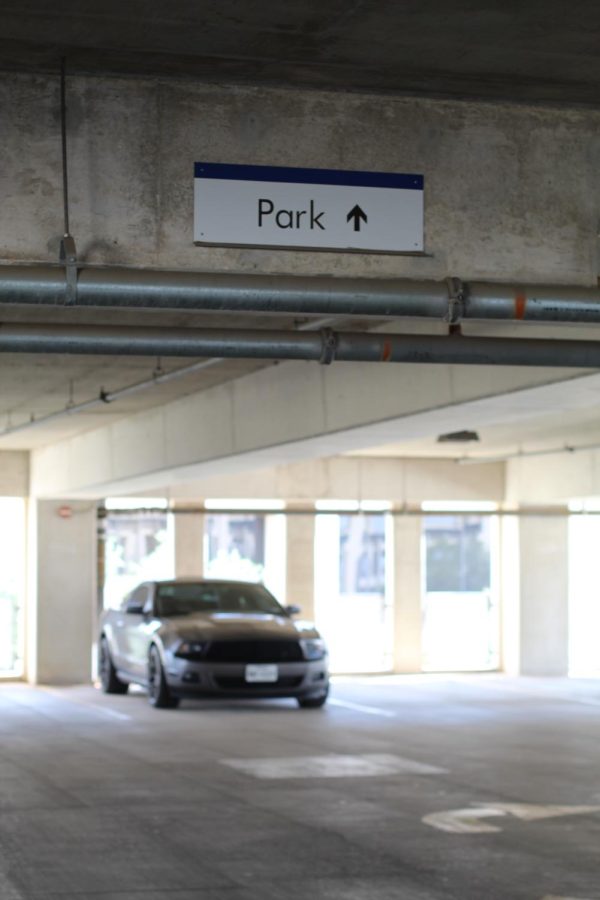Satisfying parking and preservation
August 30, 2022
As a first-time commuter, I had never experienced the hour-long trek most UTSA students endure to arrive at class on time until this semester.
Half-an-hour before my class began, I arrived on campus anticipating a parking fiasco; however, I harshly underestimated the severity. At a ripe 9:30 a.m., I entered the catastrophe through Barshop Boulevard and made my way to the Brackenridge Lots.
After spending nearly 30 minutes in seemingly endless, bumper-to-bumper traffic, I looped around the clustered Bauerle Lot and resorted to East Campus, which seemed to contain the only vacant parking spaces on the entirety of the UTSA Main Campus property.
To say the least, I was not expecting to pay $173 for a parking pass, just to have a 15-minute walk to the Multidisciplinary Studies building every day. For that price, I might as well walk a mile-and-a-half from my off-campus apartment or take advantage of The ‘Runner shuttle service.
After reaching out to Campus Services and UTSA Parking, I discovered that the total university-wide parking capacity at UTSA is 15,056 spaces, with 13,789 permits sold as of Aug. 29. These statistics include Main Campus, Downtown Campus, Southwest Campus and Hemisfair Campus.
“On Monday, August 22 through Thursday, August 25 (the first week of classes), we observed: During peak on-campus traffic times, there were approximately 2,000 unused Student Commuter parking spaces in Brackenridge Lot 4 and 5, the East Campus Lots and the Barshop Boulevard Lot,” UTSA Campus Services Assistant Vice President Clay Haverland reported.
While this information is certainly interesting, commuters such as myself are looking for reliable, easily accessible and plentiful parking without having to endure a 15-minute walk in the excruciating Texas heat. UTSA needs more parking available closer to campus, the biggest question is: Where?
With consideration of the native ecosystem situated between the Bauerle and East Campus lots, an environment lot should be constructed in this area. To satisfy both parking and preservation, UTSA should consider building a permeable pavement parking lot that leaves room for plenty of native grasses and trees and provides our ‘Runners with ample parking opportunities.
“Permeable pavement is a porous urban surface composed of open pore pavers, concrete, or asphalt with an underlying stone reservoir,” the U.S. Geological Survey (USGS) website explains. “Permeable pavement catches precipitation and surface runoff, storing it in the reservoir while slowly allowing it to infiltrate into the soil below or discharge via a drain tile.”
These pavement options prove to be extremely beneficial to rainwater absorption, ecosystem preservation and reduced construction expenses.
“In addition to reducing the runoff from the rain that falls on them, permeable pavements can help filter out pollutants that contribute to water pollution,” the Environmental Protection Agency (EPA) website states. “Permeable pavements can also reduce the need for road salt and reduce construction costs for residential and commercial development by reducing the need for some conventional drainage features.”
UTSA parking should not have to compromise the beauty and biodiversity of the natural landscape to accommodate large quantities of traffic. The clear solution is the balance between parking and preservation: a permeable pavement parking lot between Bauerle and East Campus.









